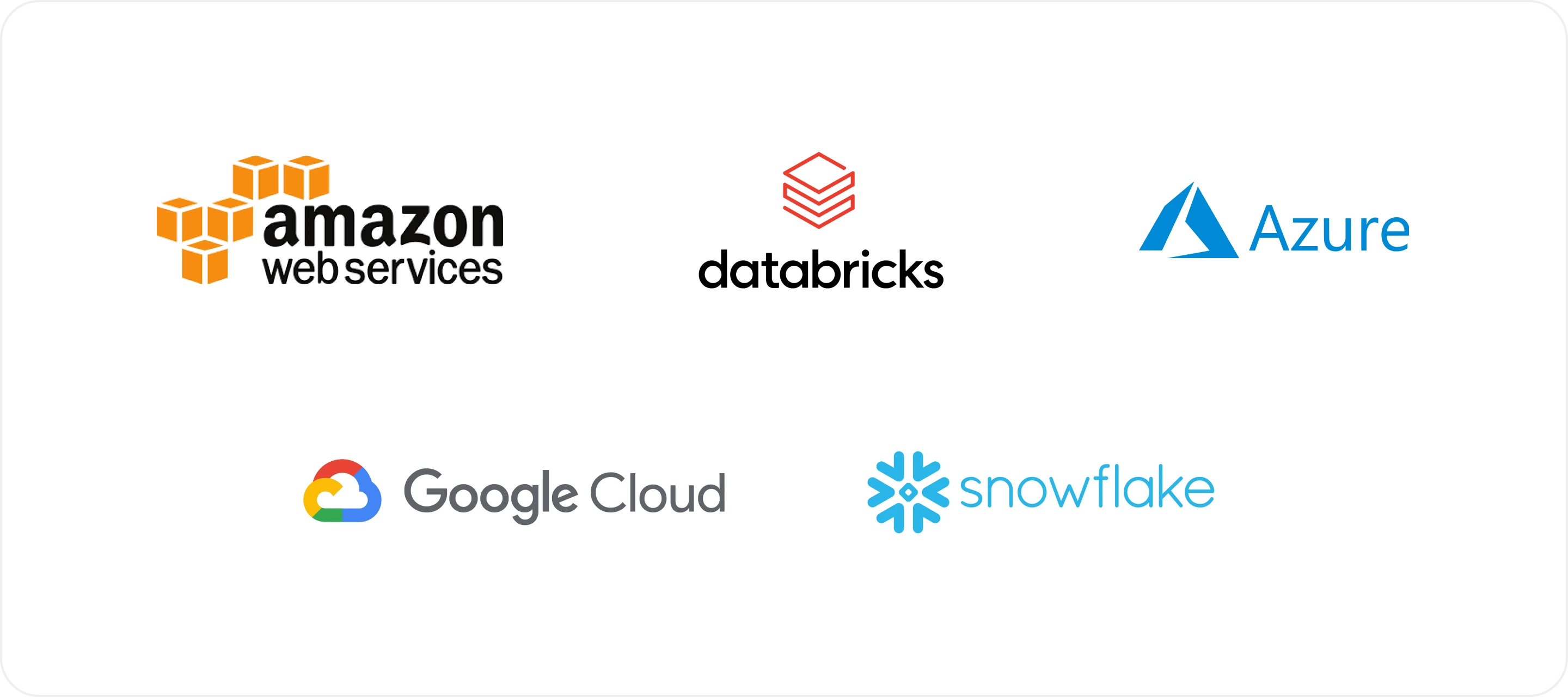Reimagine Business Analytics with Generative AI
Next-Gen intelligence,
custom-tailored for innovation →
Proudly Serving These Innovators





Fast-Track Your Data Evolution With Data Accelerator
Jump-start data insights with
ready-to-use dashboards →
Proudly Serving These Innovators





Transform Enterprise Operations with Data-Driven Precision
Empower decision-making with
connected, real-time insights →
Proudly Serving These Innovators





Data Solutions for Every Industry
Custom analytics services
designed
for sector-specific challenges →
Proudly Serving These Innovators





Generative AI
Accelerator
Enterprise Services
Industries










